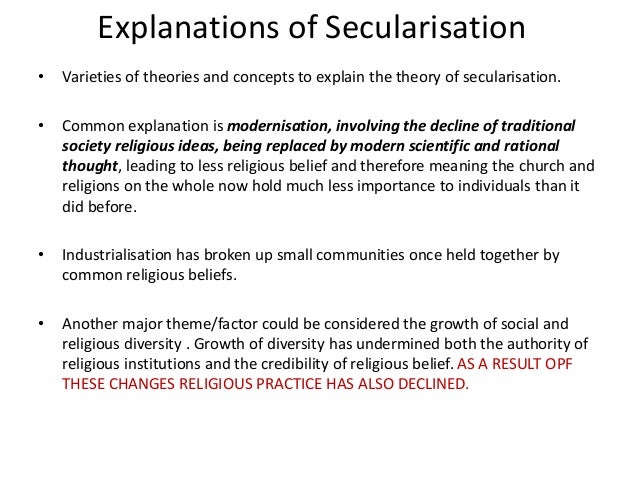Relevance: Mains: G.S paper I: Social empowerment, communalism, regionalism & secularism. & G.S paper II: Indian Constitution—historical underpinnings, evolution, features & Sociology: Politics and Society: Secularization

Context:
The participation of Prime Minister in the ground breaking ceremony of Ayodhya Ram Temple has revived the debate on Secularism.
What is Secularism?
- Secularism means separation of religion from political, economic, social and cultural aspects of life, religion being treated as a purely personal matter.
- It emphasized dissociation of the state from religion and full freedom to all religions and tolerance of all religions.
- It also stands for equal opportunities for followers of all religions, and no discrimination and partiality on grounds of religion.
- A secular person is one who does not owe his moral values to any religion. His values are the product of his rational and scientific thinking.
What is India’s Secularism unique?
India’s Constitutional secularism is marked by at least two features.
First, critical respect for all religions.
- Unlike some secularisms, India’s secularism is not blindly anti-religious but respects religion.
- Unlike the secularisms of pre-dominantly single religious societies, India’s Secularism respects not one but all religions.
- Indian philosophy of secularism is related to “Sarva Dharma Sambhava” which means that destination of the paths followed by all religions is the same, though the paths themselves may be different. It essentially means equal respect to all religions.
- However, given the virtual impossibility of distinguishing the religious from the social, as B.R. Ambedkar famously observed, every aspect of religious doctrine or practice cannot be respected. Respect for religion must be accompanied by critique.
Second, Principled Distance from all religions
- The Indian state abandons strict separation but keeps a principled distance from all religions.
- This means that State must intervenes whenever religious groups promote communal disharmony and discrimination on grounds of religion (an inter-religious matter) or are unable to protect their own members from the oppressions they perpetuate (an intra-religious issue).
- For instance, it cannot tolerate untouchability or leave all personal laws as they are.
- Thus, State has to constantly decide when to engage or disengage, help or hinder religion depending entirely on which of these enhances our constitutional commitment to freedom, equality and fraternity.
- Secularism is not only a project of civic friendship among religious communities but also of opposition to religion-based caste and gender oppressions

Challenges with India’s Secularism
- Misusing for Electoral benefits: Opportunistic distance (engagement or disengagement), mainly opportunistic alliance with religious communities, particularly for the sake of immediate electoral benefit
- Neglecting the Core Idea of Indian Secularism: Political parties have bizarrely interpreted ‘respect’ to mean cutting deals with aggressive or orthodox sections of religious groups at times igniting communal violence.
- Victimization of Communities: Principled intervention by State in one religion is viewed as discriminatory treatment by fringe sections of society leading to Politicisation of Secularism
- Politicisation of any one religious group leads to the competitive politicisation of other groups, thereby resulting in inter-religious conflict.
- Requires Continuous Civic Participation: India’s constitutional secularism cannot be sustained by governments alone but requires collective commitment from an impartial judiciary, a scrupulous media, civil society activists, and an alert citizenry

Way Ahead
- There is need to shift focus from a politically-led Secularism project to a socially-driven movement for justice.
- Second, a shift of emphasis from inter-religious to intra-religious issues, without completely ignoring inter-religious issues
Conclusion
Indian secularism is not an end in itself but a means to address religious plurality and sought to achieve peaceful coexistence of different religions.

For more such notes, Articles, News & Views Join our Telegram Channel.
Click the link below to see the details about the UPSC –Civils courses offered by Triumph IAS. https://triumphias.com/pages-all-courses.php

